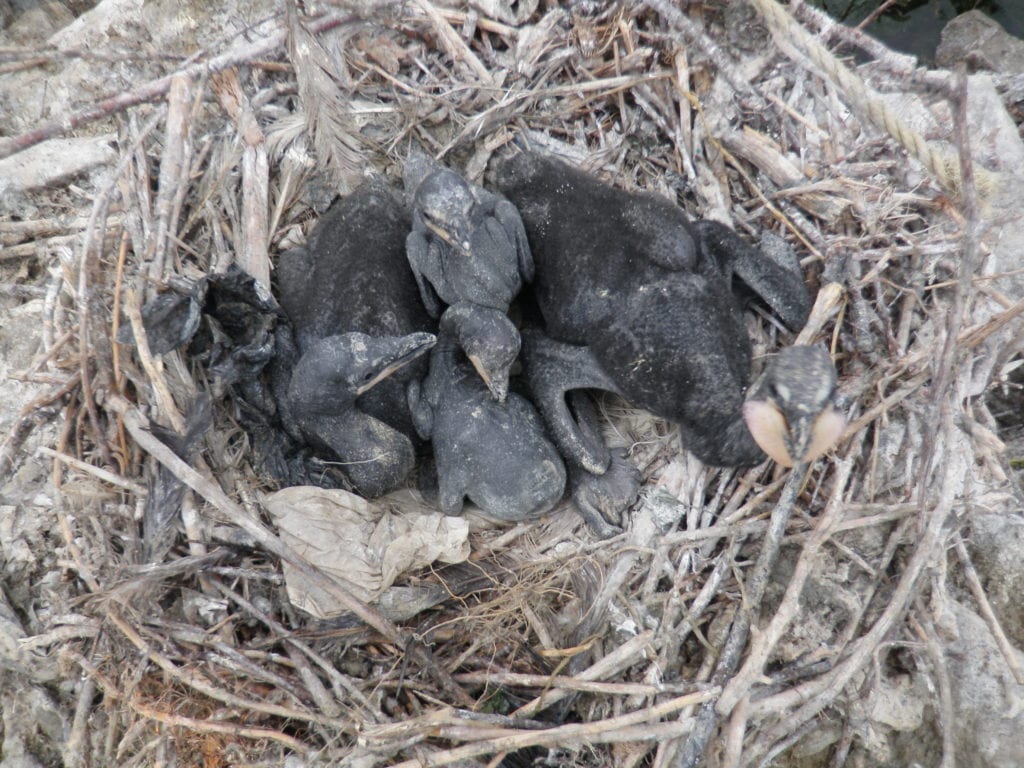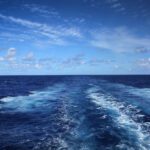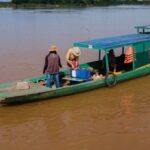A new study in the Canadian Journal of Fisheries and Aquatic Sciences has found plastic is making its way into double-crested cormorants in the Great Lakes. The authors identified and counted human-made products, like macro- and microplastics, glass, and textile fibres, from the digestive tracts of 30 cormorant chicks from three breeding colonies. Twenty-six of the chicks had anthropogenic debris in their stomachs.
At the time of the study, the chicks were eating fish regurgitated by their parents, because they were still too young to forage for themselves. Textile fibres were the most common type of debris in the chicks’ stomachs, and the fibres were so tiny that it is unlikely the parents consumed them directly.
Adult cormorants dive underwater to actively hunt for fish, and this feeding strategy may make them less susceptible than other birds to debris floating on the surface or buried in the sediment. The authors hypothesized that adult cormorants consumed fish that had ingested microfibres, then fed the fish to their chicks.
This phenomenon, when a contaminant is passed from prey to predator—from fish to cormorant in this case—is called “trophic transfer” and is very difficult to isolate in nature.
Lead author, Cole Brookson, explained, “you have to be able to track the particle from the environment into the fish, then from the fish into the bird… [and] show the [particle] in the gut is not from an ambient source.” Unpublished work from Dr. Chelsea Rochman’s lab shows that fishes in Lake Ontario are eating fibres, but further research is needed to demonstrate that microfibres are being transferred to their predators.

Pre-fledgling double-breasted cormorants in a nest near Pier 27, in Hamilton Harbour, with pieces of anthropogenic materials.




